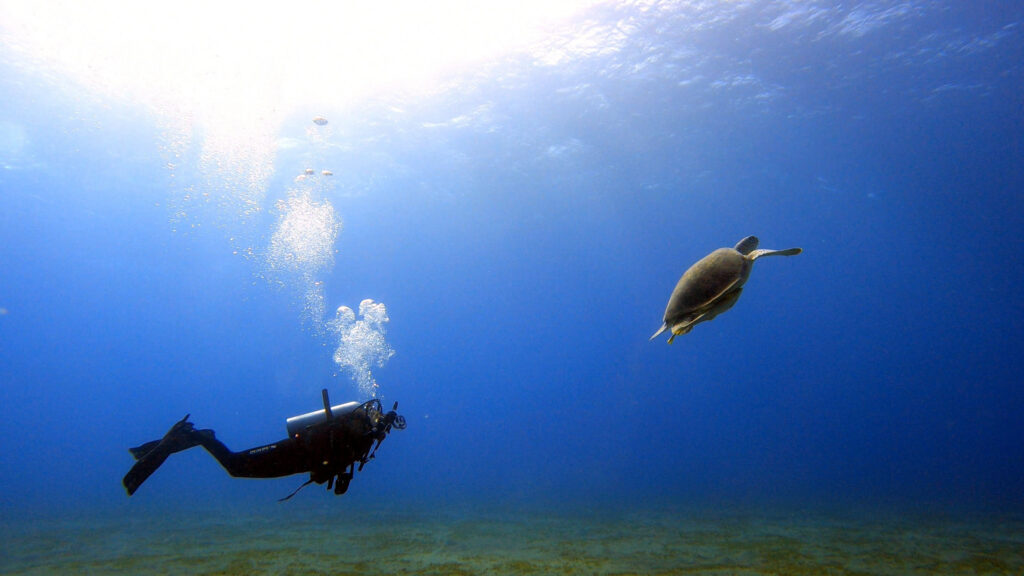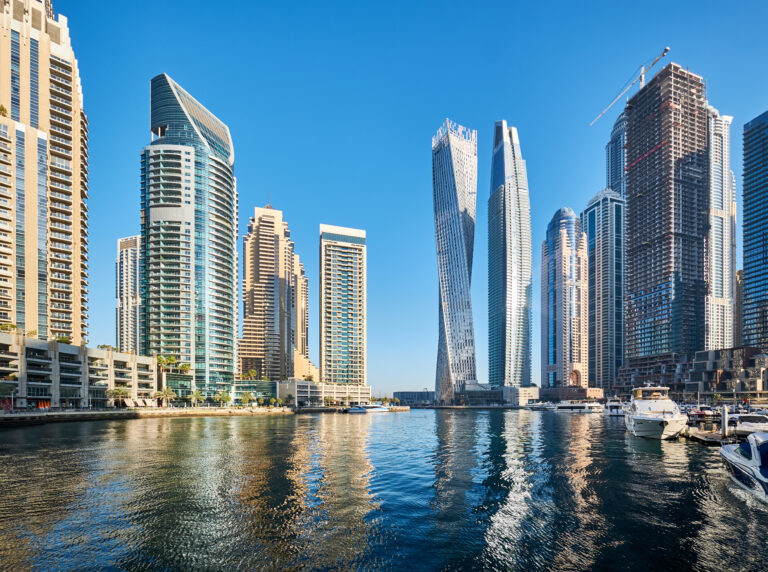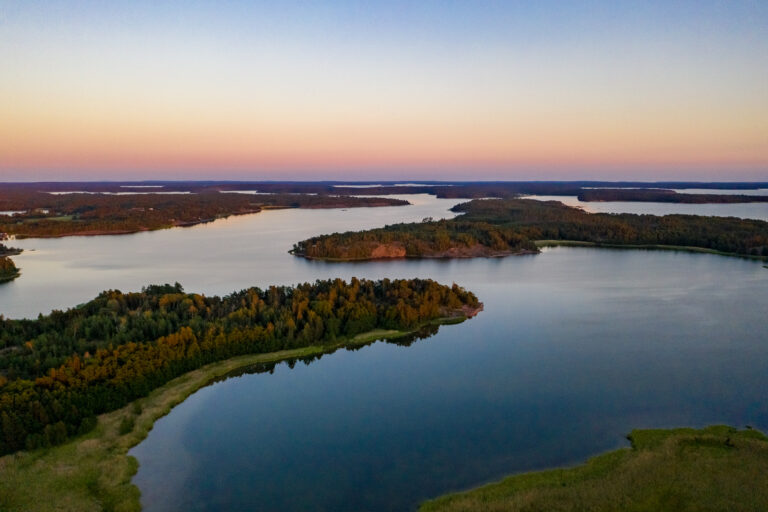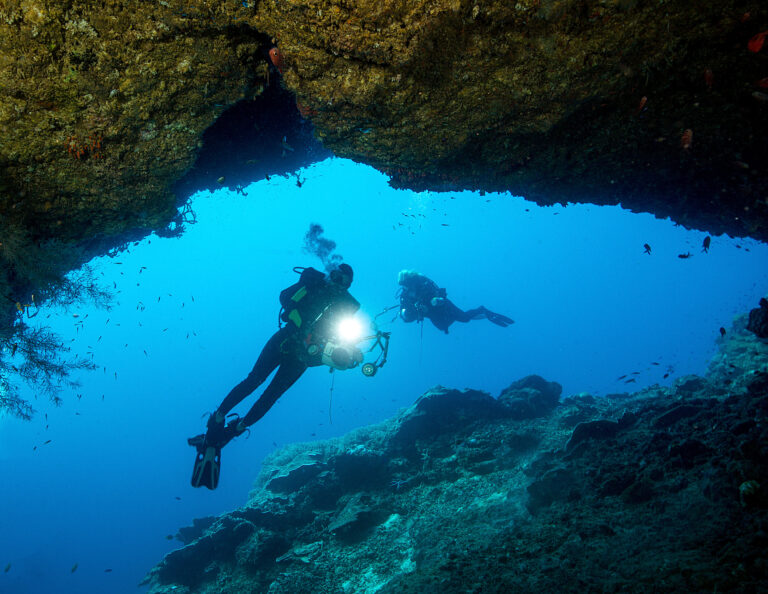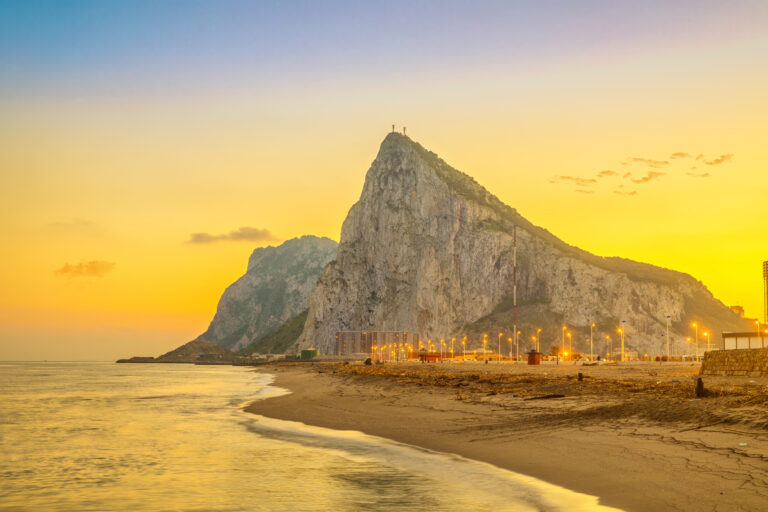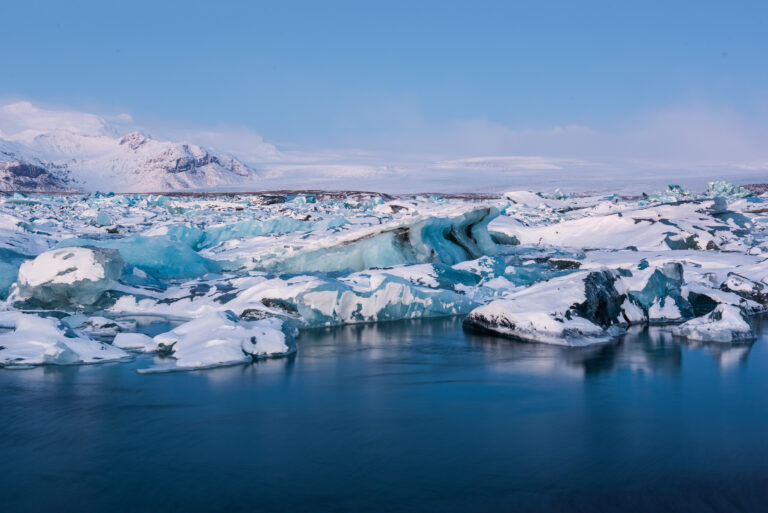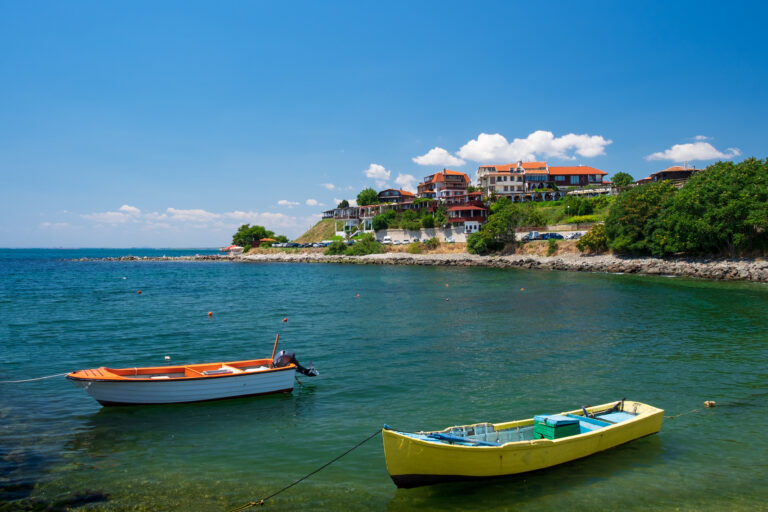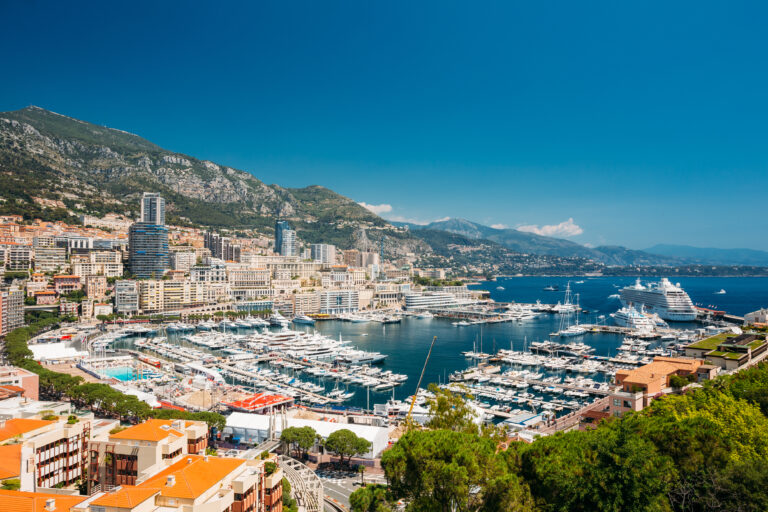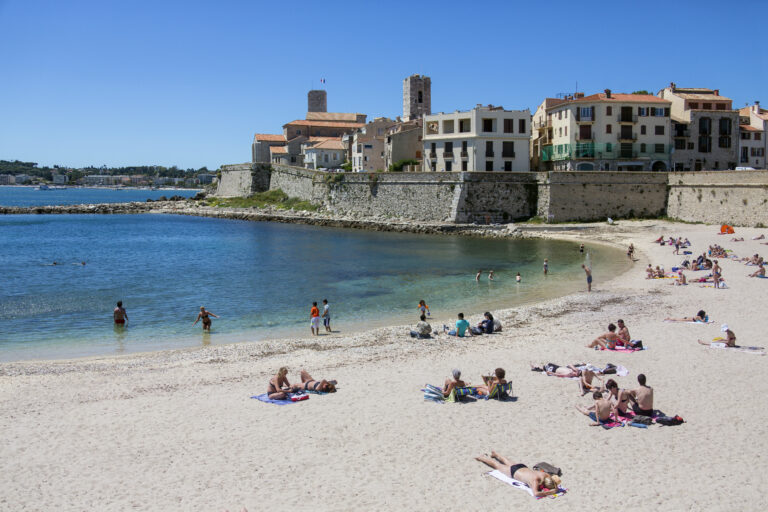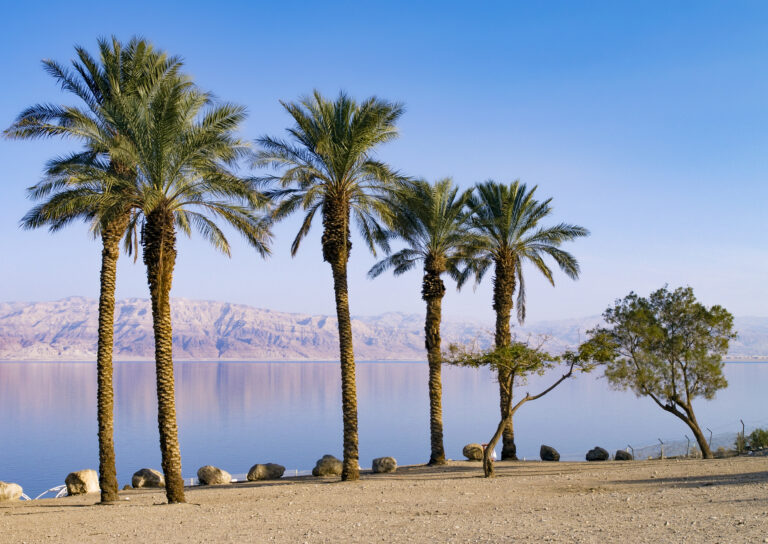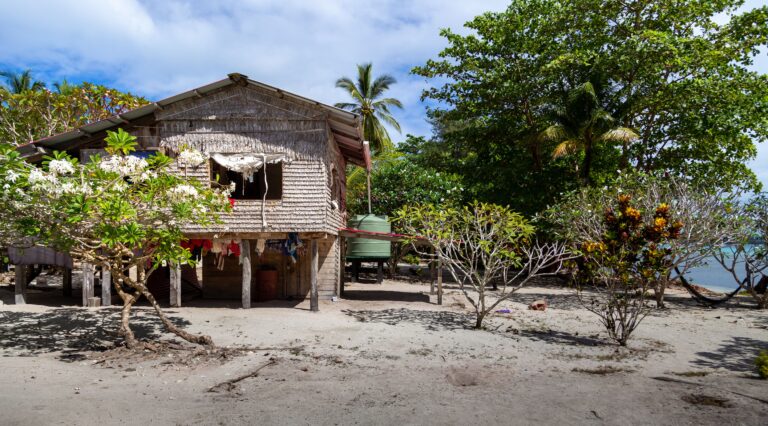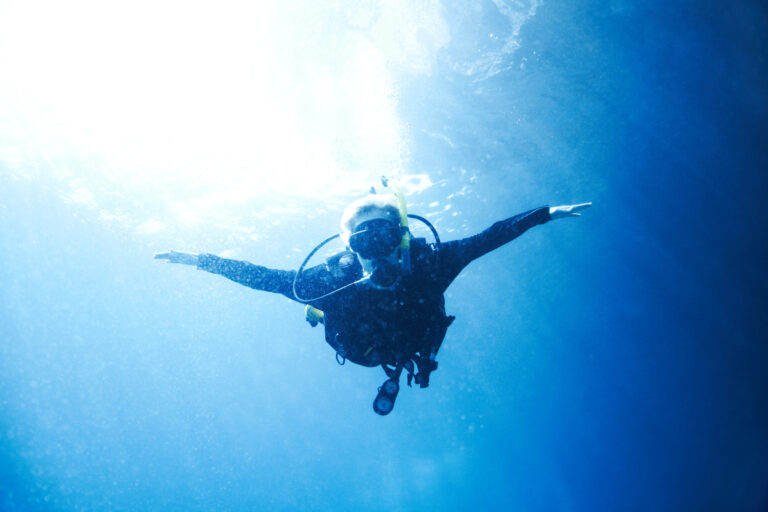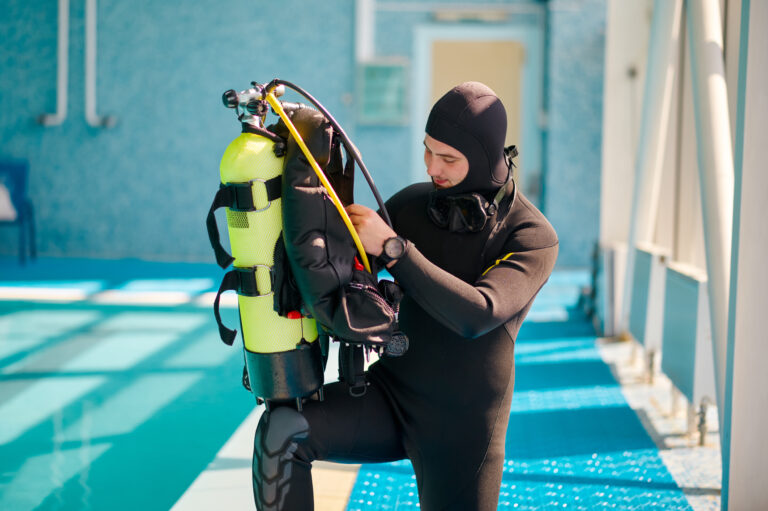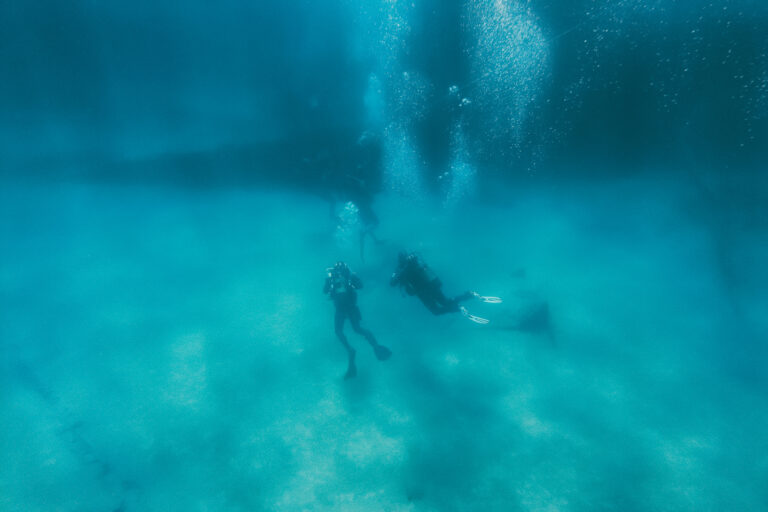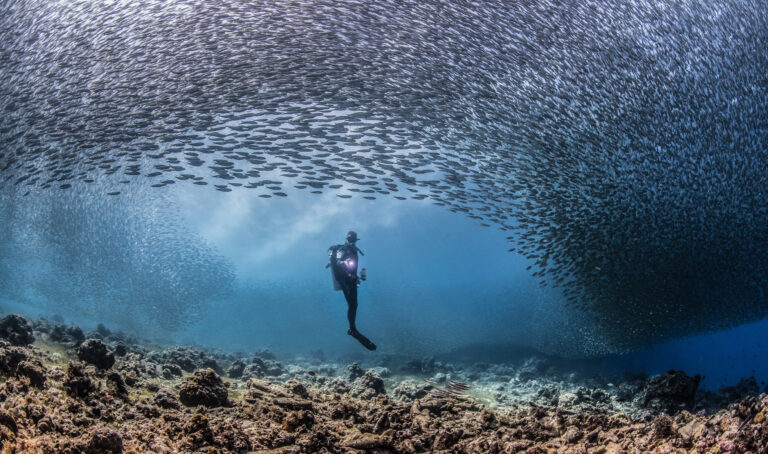Scuba Divers’ Travel Guide to Marshall Islands
The Marshall Islands, located in the central Pacific Ocean, offer scuba divers a rich and diverse underwater world. The clear, warm waters are home to vibrant coral reefs, abundant marine life, and numerous World War II shipwrecks. The islands’ diverse dive sites cater to all levels of divers, from shallow coral gardens to deeper wreck dives. The Marshall Islands’ remote location and pristine marine environments make it an ideal destination for scuba travelers seeking unique and unexplored dive sites. With its rich history and natural beauty, the Marshall Islands provide a captivating diving experience.
Location and Geography
Nestled in the heart of the Pacific Ocean, the Marshall Islands emerge as a scuba diving paradise, offering an unparalleled underwater experience. This sprawling chain of volcanic islands and coral atolls, numbering over 1,000 individual islets and 29 atolls, spans more than 750,000 square miles of the most biodiverse and crystal-clear waters on the planet. Located near the equator, the islands are part of the larger island group of Micronesia, boasting a geography that creates a unique underwater landscape. The atolls, formed from ancient underwater volcanoes, provide a haven for an astonishing array of marine life and shipwrecks, making the Marshall Islands a top destination for divers seeking both ecological wonders and historical intrigue. The combination of its remote location, expansive coral reefs, and significant World War II relics submerged beneath its waves, positions the Marshall Islands as a must-visit locale for adventurers and underwater enthusiasts alike.
Visa and Entry Requirements
Travelers eager to explore the underwater wonders of the Marshall Islands, including the world-renowned Bikini Atoll, should be aware of the visa and entry requirements to ensure a smooth journey. Citizens of the United States, Palau, and the Federated States of Micronesia can enter the Marshall Islands visa-free for an indefinite stay. Most other nationalities can obtain a visa upon arrival, valid for up to 90 days, provided they have a passport valid for at least six months beyond the date of entry, proof of onward or return travel, and evidence of sufficient funds for their stay. It’s important to note that specific requirements can change, so travelers are advised to check the latest information with the Marshall Islands’ immigration authorities or their nearest embassy before departure. This preparation will ensure that nothing stands between you and the spectacular scuba diving experiences awaiting in the Marshall Islands.
Getting to Marshall Islands
Getting to the Marshall Islands, a breathtaking scuba diving destination nestled in the central Pacific Ocean, is an adventure in itself, offering a glimpse into the remote beauty that awaits beneath its waves. The primary gateway to these islands is through the Amata Kabua International Airport on Majuro Atoll, which welcomes flights from a select few international locations, including Honolulu, Hawaii, via United Airlines, the main carrier serving this route. Although direct flights are limited, the journey to this secluded paradise is well worth the effort for the unparalleled diving experiences it promises. Upon arrival, visitors are greeted by the warm, welcoming culture of the Marshallese people and a landscape teeming with natural beauty, setting the stage for an unforgettable underwater adventure among the world-renowned wrecks and vibrant coral reefs that make the Marshall Islands a top destination for divers around the globe.
Best Time to Dive
Getting to the Marshall Islands, a breathtaking scuba diving destination nestled in the central Pacific Ocean, is an adventure in itself, offering a glimpse into the remote beauty that awaits beneath its waves. The primary gateway to these islands is through the Amata Kabua International Airport on Majuro Atoll, which welcomes flights from a select few international locations, including Honolulu, Hawaii, via United Airlines, the main carrier serving this route. Although direct flights are limited, the journey to this secluded paradise is well worth the effort for the unparalleled diving experiences it promises. Upon arrival, visitors are greeted by the warm, welcoming culture of the Marshallese people and a landscape teeming with natural beauty, setting the stage for an unforgettable underwater adventure among the world-renowned wrecks and vibrant coral reefs that make the Marshall Islands a top destination for divers around the globe.
Accommodation Options
Accommodation options in the Marshall Islands cater to a range of preferences, ensuring that every scuba diver, from the budget-conscious to those seeking luxury, finds a comfortable base from which to explore the underwater wonders. On Majuro, the capital atoll, divers can choose from modest guesthouses, well-appointed hotels, and waterfront resorts, many of which offer stunning ocean views and easy access to dive shops and boat charters. For a more secluded experience, the outer islands and atolls like Bikini and Kwajalein offer exclusive dive resorts and eco-lodges, providing serene retreats with direct access to pristine dive sites. These accommodations often include dive packages, gear rental, and expert guides to enhance your underwater adventure. Whether you’re looking to immerse yourself in local culture or simply relax in a tropical paradise after a day of diving, the Marshall Islands’ range of accommodations ensures a memorable stay.
Dive Operators and Dive Shops
In the heart of the Pacific, the Marshall Islands emerge as a scuba diving haven, boasting an array of dive operators and shops that cater to both novice and experienced divers. These establishments are well-equipped to guide you through the underwater wonders of this Micronesian paradise, offering access to world-renowned sites such as the Bikini Atoll, an underwater museum of historic shipwrecks, and the vibrant coral reefs of Majuro. Dive shops in the Marshall Islands are known for their personalized service, ensuring safety and providing comprehensive briefings, quality rental gear, and certification courses. Whether you’re looking to explore eerie wrecks from World War II or immerse yourself in the natural beauty of untouched coral gardens, the local dive operators are your gateway to an unforgettable underwater adventure. Their expertise not only lies in guiding you to the most breathtaking dive spots but also in their commitment to preserving the pristine marine environment of the Marshall Islands, making every dive a responsible and enriching experience.
Transportation within Marshall Islands
Transportation within the Marshall Islands, a diver’s paradise nestled in the central Pacific Ocean, offers a unique blend of adventure and practicality. To explore the breathtaking underwater worlds scattered across its atolls, divers primarily rely on small planes operated by Air Marshall Islands for inter-island travel, connecting the capital, Majuro, with remote diving hotspots. Once on the islands, options such as rental cars or taxis are limited but available for short distances. However, the true essence of local transportation is best experienced through boat charters, which are not only essential for reaching the outer atolls and exclusive dive sites like Bikini Atoll but also offer an authentic glimpse into the islander’s way of life. These boats, ranging from modern speedboats to traditional vessels, serve as the lifeline for both exploration and the immersive journey through the Marshall Islands’ stunning marine landscapes.
Currency and Payment Methods
In the Marshall Islands, the official currency is the United States Dollar (USD), which simplifies transactions for American travelers and offers a familiar benchmark for international visitors. Credit cards, particularly Visa and MasterCard, are accepted at major hotels, dive shops, and some restaurants, especially in more tourist-centric areas like Majuro and Kwajalein. However, it’s important to note that many smaller establishments, local markets, and remote dive sites may only accept cash. Therefore, carrying a reasonable amount of cash is advisable for daily expenses, tips, and smaller purchases. ATMs are available in Majuro and other populated areas, but their availability decreases significantly on more remote islands, so planning your cash needs in advance is crucial. Always inform your bank of your travel plans to avoid any issues with card transactions while abroad in this breathtaking diving destination.
Language and Communication
In the enchanting underwater world of the Marshall Islands, where the Pacific Ocean whispers tales of sunken World War II wrecks and vibrant coral gardens, effective communication transcends the barriers of language. While English is widely spoken, particularly among the diving community, embracing a few phrases in Marshallese, the local language, can enrich your interaction with the native dive operators and local communities. Key diving signals remain universal, ensuring safety and understanding beneath the waves. However, learning basic greetings and expressions of gratitude in Marshallese not only fosters a deeper connection with the locals but also demonstrates respect for their rich cultural heritage. As you prepare to dive into the mesmerizing depths of the Marshall Islands, remember that a smile, a gesture of thanks, or a friendly nod can transcend linguistic differences, making every underwater adventure a shared journey of discovery and mutual respect.
Local Culture and Attractions
The Marshall Islands, a breathtaking archipelago in the central Pacific Ocean, offers more than just world-class scuba diving amidst its vibrant coral reefs and famous WWII wrecks. This unique destination is steeped in rich local culture and history, inviting divers to immerse themselves in the Marshallese way of life. Visitors can explore traditional outrigger canoe building, learn about the intricate art of weaving, and taste the local cuisine, which is heavily based on coconut, breadfruit, and fresh seafood. The islands are also home to poignant historical sites, including the Bikini Atoll, known for its nuclear testing history, now a paradoxical underwater museum that tells a story of destruction and rebirth. Engaging with the local community and exploring the islands’ attractions offer a deeper understanding and appreciation of this enchanting Pacific paradise, making a trip to the Marshall Islands a truly holistic experience that combines thrilling underwater exploration with cultural enrichment.
Cultural Etiquette and Tips
When planning a scuba diving trip to the Marshall Islands, it’s essential to approach the local culture with respect and understanding. The Marshallese people have a rich cultural heritage deeply connected to the ocean, making it crucial for visitors to show reverence for both the land and sea. Always ask for permission before diving near sacred or culturally significant sites, as some areas may have restrictions to preserve their historical and environmental integrity. Demonstrating humility and gratitude towards local guides and residents can enrich your experience; a simple “Komol tata” (thank you) can go a long way. Be mindful of the environment by not touching or taking marine life and coral, as these practices are frowned upon and can harm the delicate ecosystem. Lastly, supporting local businesses and respecting community guidelines will not only enhance your diving adventure but also contribute positively to the preservation of the Marshall Islands’ unique cultural and natural resources.
Local Laws and Regulations Relevant to Tourists
When planning a scuba diving trip to the Marshall Islands, it’s crucial to familiarize yourself with the local laws and regulations to ensure a safe and lawful experience. The Marshall Islands, renowned for their stunning underwater landscapes and significant World War II wrecks, enforce specific rules to protect their marine environment and historical sites. All divers are required to obtain a diving permit from the local authorities or through their chosen dive operator. It’s also important to respect the no-take zones, where fishing or collecting any marine life is strictly prohibited to preserve biodiversity. Additionally, accessing some of the WWII wrecks may require special permission, as they are considered war graves and are protected by law. Always dive with a certified local guide who is familiar with the regulations and can provide the most current information. Lastly, ensure that you carry all necessary personal identification and diving certifications with you, as random checks by local marine conservation officers are common. By adhering to these guidelines, divers can enjoy the breathtaking beauty of the Marshall Islands while contributing to the preservation of its unique marine and historical heritage.
Safety Tips and Emergency Contacts
When planning a scuba diving adventure in the Marshall Islands, prioritizing safety and being prepared for emergencies are paramount. Due to the remote nature of this Pacific paradise, divers should ensure they are in good physical health and have completed a recognized diving certification. It’s crucial to check that your diving equipment is in excellent condition and familiarize yourself with the local diving conditions, such as currents and visibility, by consulting with local dive operators. Always dive within your limits and follow the buddy system. In case of an emergency, be aware that the nearest recompression chamber is located in Majuro, the capital. For immediate assistance, divers should have the contact information for the Marshall Islands Hospital in Majuro (+692 625 4147) and the local coastguard. Additionally, having comprehensive dive insurance that includes medical evacuation is highly recommended due to the remoteness of the islands. By adhering to these safety tips and having emergency contacts readily available, divers can enjoy the breathtaking underwater world of the Marshall Islands with peace of mind.
Health and Travel Insurance
When planning your scuba diving adventure to the Marshall Islands, a breathtaking archipelago renowned for its vibrant marine life and historic WWII wrecks, it’s crucial to prioritize your health and travel insurance. Given the remote nature of these islands and the potential risks associated with diving, ensuring you have comprehensive coverage that includes medical evacuation is essential. The nearest hyperbaric chambers may be located a significant distance away, and in the event of a diving-related injury, access to specialized medical care could be both time-sensitive and costly. Look for a policy that specifically covers scuba diving activities, as some standard travel insurances may exclude such specialized pursuits. Additionally, verify that your insurance provides coverage for cancellations, trip interruptions, and lost equipment, to safeguard against the unexpected. Taking these precautions will allow you to fully immerse yourself in the underwater wonders of the Marshall Islands, with peace of mind knowing you’re well protected.

